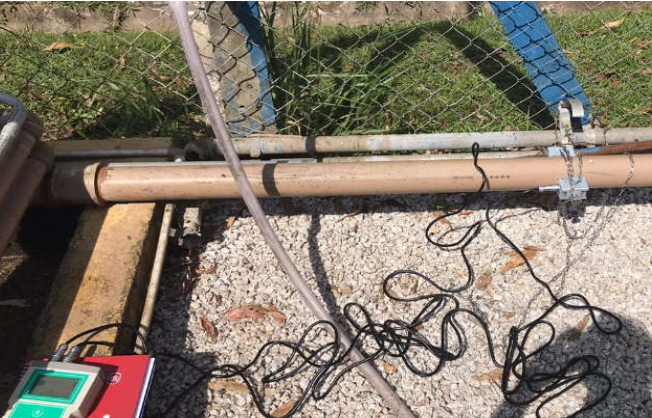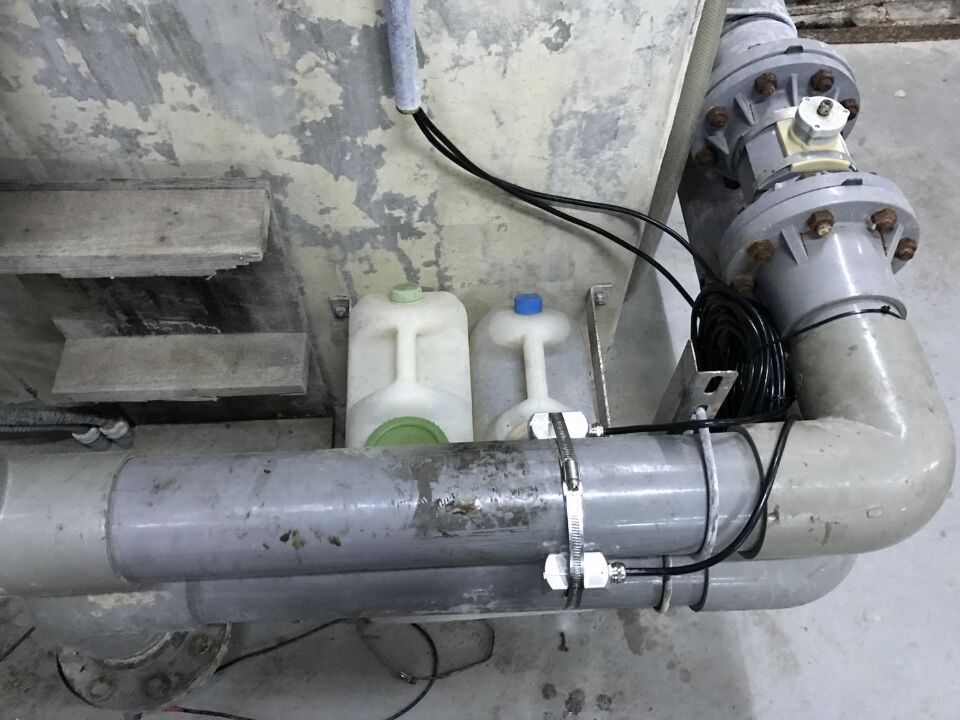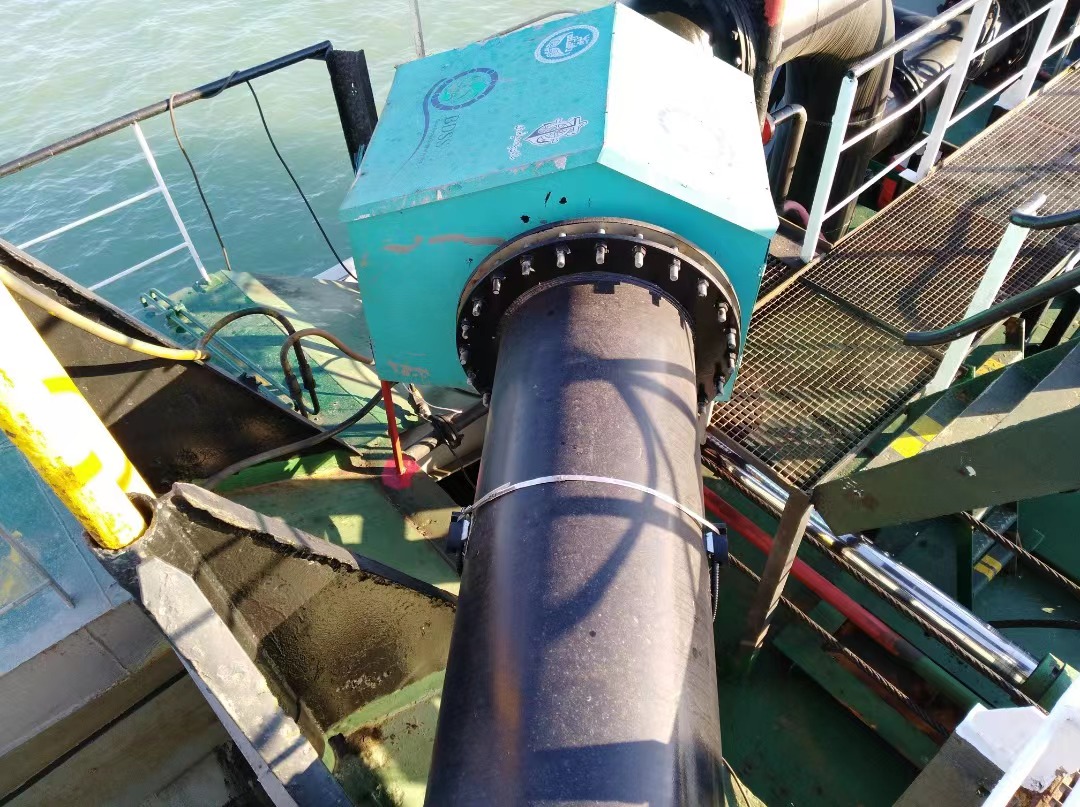The Doppler effect in an ultrasonic flow meter is a phenomenon where the frequency of an ultrasonic signal changes due to the movement of particles or the fluid within the pipe. This change in frequency is used to determine the velocity of the fluid, and from this, the flow rate can be calculated.
Working Principle of the Doppler Effect in Ultrasonic Flow Meters:
In an ultrasonic flow meter utilizing the Doppler effect, the system works as follows:
Transmission of Ultrasonic Waves: The flow meter transmits an ultrasonic wave into the fluid through a transducer.
Reflection from Particles: In many cases, the fluid is not pure but contains suspended particles, bubbles, or other inhomogeneities. When the ultrasonic waves hit these moving particles or bubbles, they are reflected back to the transducer.
Shift in Frequency: The motion of the particles causes the frequency of the reflected ultrasonic wave to shift:
If the fluid flow is moving toward the transducer, the reflected frequency will be higher (positive Doppler shift).
If the fluid flow is moving away from the transducer, the reflected frequency will be lower (negative Doppler shift).
Frequency Shift Calculation: The amount of frequency shift is directly proportional to the velocity of the fluid. The faster the fluid moves, the greater the frequency shift.
Flow Rate Calculation: By measuring the Doppler shift and knowing the properties of the fluid and the geometry of the pipe, the flow meter can calculate the velocity of the fluid. The flow rate can then be derived by multiplying the fluid velocity by the cross-sectional area of the pipe.
Factors Affecting the Doppler Effect in Ultrasonic Flow Meters:
Particle Concentration: The Doppler effect relies on the presence of particles (or bubbles) within the fluid. If the fluid is very clean or has no suspended solids, the ultrasonic waves may not be reflected adequately, leading to inaccurate or failed measurements.
Particle Size: Larger particles or bubbles reflect ultrasonic waves more effectively, making the Doppler shift easier to detect. Smaller particles might not produce a strong enough reflection to be detected by the system.
Flow Profile: The flow profile (turbulent or laminar) can influence the accuracy of the Doppler measurement. Typically, Doppler meters are better suited for turbulent flow, where particles move in a random, chaotic manner.
Fluid Properties: The speed of sound in the fluid affects the Doppler shift. The meter may need to be calibrated for specific types of fluids, as the speed of sound varies depending on the fluid's density, temperature, and composition.
Types of Doppler Ultrasonic Flow Meters:
Clamp-On Doppler Flow Meters: These meters do not require cutting into the pipe. They clamp onto the outside of the pipe and measure the frequency shift of the ultrasonic waves as they pass through the fluid.
Inline Doppler Flow Meters: These meters are installed directly into the pipeline, where the ultrasonic sensors transmit and receive sound waves from within the fluid.



Post time: Dec-31-2024

